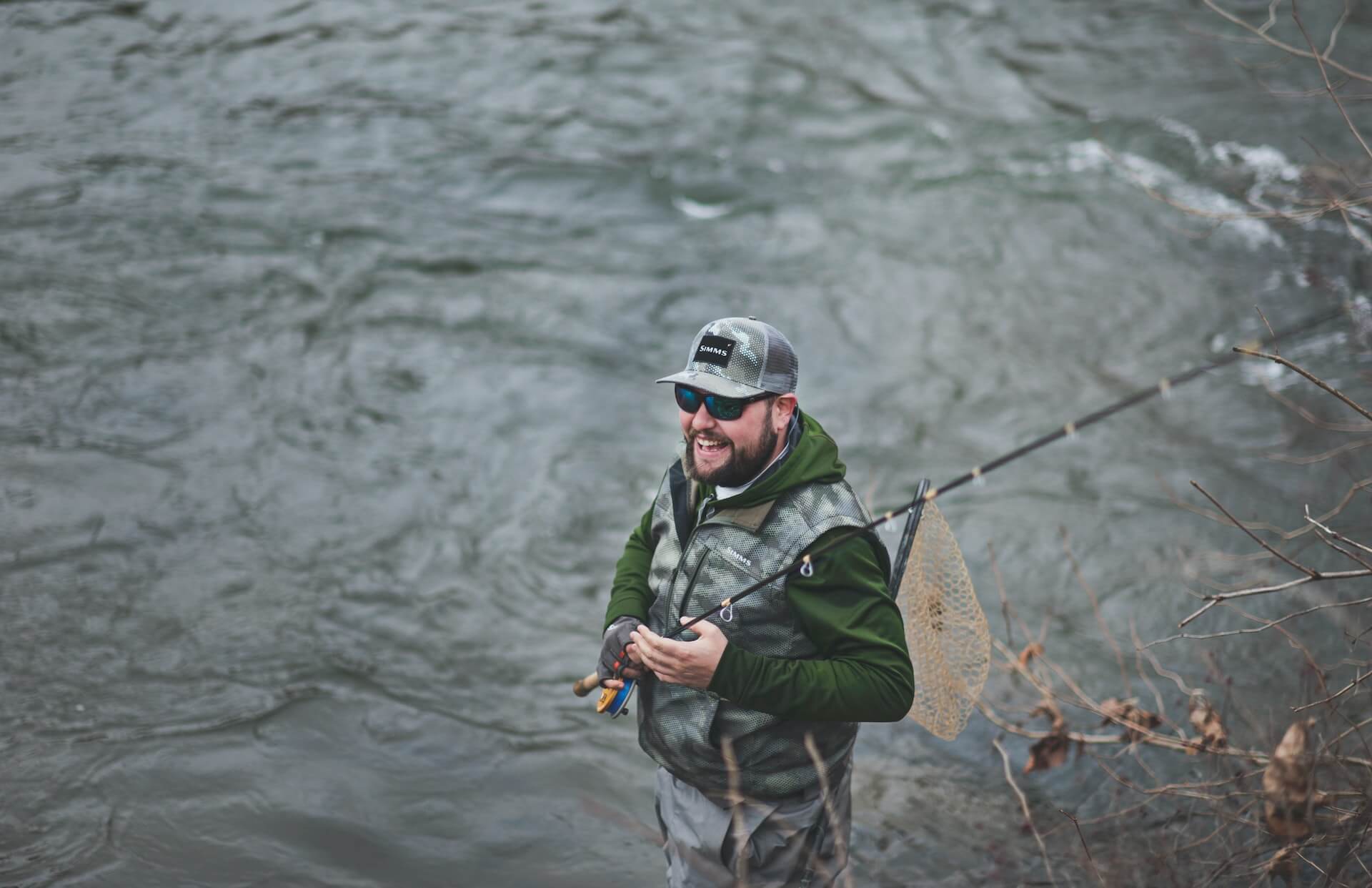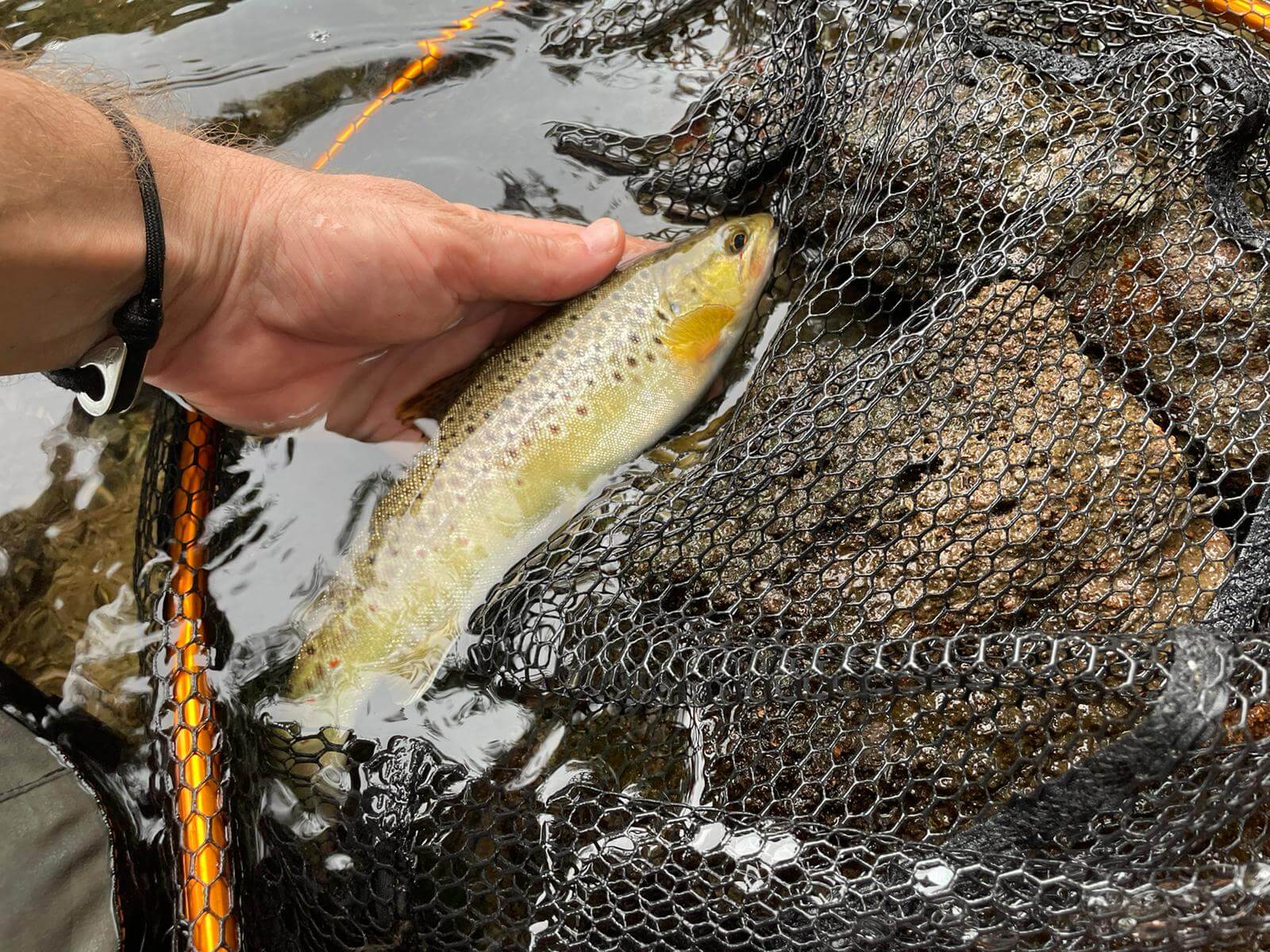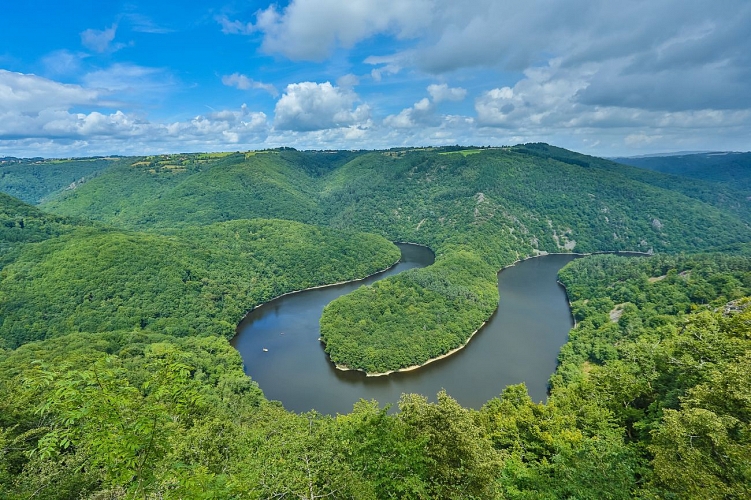.jpeg)
Trout fishing is an exciting and relaxing activity, but there are a number of technical aspects to consider if you want to enjoy a successful fishing trip. Choosing the right diameter fishing line plays a key role.
Depending on the technique you're using, you'll need to choose the right fishing line or lines. In this article, we'll give you some advice on how to choose the right line for your fishing ground, technique and weather conditions.
Line diameter according to fishing location

Your choice of line diameter will depend mainly on where you're fishing. Depending on whether you're fishing in a river, pond or lake, the recommended diameter may vary.
What's more, some fishing spots are more or less cluttered with rocks or branches that can damage your line.
River fishing
If you fish in a river, the water is generally rougher and contains more obstacles (rocks, branches, etc.). So it's best to opt for a line that is more resistant to abrasion, with a diameter of between 18 and 25 hundredths. You can also adjust the diameter according to the current: the stronger the current, the thicker the line you should use.
However, river trout fishing can be complicated. Wild trout are very wary, so make sure your fishing line is as unobtrusive as possible. The key: observe the behaviour of the fish. If the trout follow your bait without taking it, opt for a thinner, more discreet fishing line.
Pond and lake fishing
When fishing in a pond or lake, the water is often calmer and less prone to obstacles. You can therefore use a thinner line, with a diameter of between 12 and 18 hundredths. This will give you greater discretion and increase your chances of catching a trout.
Make sure you know the size of the trout in the pond or lake. It's not uncommon to come across large trout in this type of environment. A fishing line that is too thin risks breaking if the trout is too big.
Line diameter according to fishing technique

Different trout fishing techniques also require different diameters of line. Fly-fishing and lure fishing for trout do not require the same technical qualities from the fishing line. Here are a few recommendations for the most common methods:
Lure fishing
When fishing with a jig, which involves gently placing the lure in a stream of water, it's best to use a fine line so as not to spook the fish. A diameter of between 12 and 20 hundredths is ideal for this technique. Nylon is generally used for this technique. The flexibility of this monofilament reduces the number of stalls.
Fly fishing
Fly fishing requires a very discreet line so as not to alert the trout. We therefore recommend using a line with a diameter of between 10 and 16 hundredths. Fly fishing leaders differ from those used for lure or toc fishing in that they have a tapering diameter. These leaders are also known as rat tails. It is a succession of nylon diameters (from the largest to the smallest) enabling you to fish very finely from a much thicker line.
Fishing with a handled minnow
This technique involves moving a small dead fish to attract trout. The minnow is usually mounted on a scull. The scull is a leaded mount adapted to cock the minnow. It is important to use a strong line of a suitable diameter to support the weight of this rig. Choose a line with a diameter of between 16 and 22 hundredths.
Line diameter according to weather conditions

Weather conditions can also influence your choice of wire diameter. In sunny weather, the water is clearer and fish are more wary. It is therefore preferable to use a fine, discreet line with a diameter of less than 20 hundredths.
On the other hand, on cloudy or rainy days, visibility in the water is reduced. You can therefore use a thicker, more resistant line, with a diameter of up to 25 hundredths. What's more, if it has rained, the water in the river may be a little more tinted than normal. This is an opportunity to increase the diameter of your fishing line to make sure you don't break on any fish.
Choosing the line body
.jpg)
In addition to the diameter of the line for your leader, it is important to choose a line body suited to trout fishing and the technique used.
For fly fishing, you will need a nylon line and rat tail. If you're lure fishing, you can use braid as a line body or nylon for greater elasticity and flexibility. The main characteristics to consider are :
- Strength: opt for a line that is strong enough to withstand fights with trout and any obstacles you may encounter.
- Discretion: choose a neutral-coloured line (transparent, dark green or brown) so as not to alert the fish.
- Flexibility: choose a supple line to make casting and moving your lures easier.
In conclusion, the choice of line diameter for trout fishing depends on the fishing location, the technique used and the weather conditions. Don't hesitate to adapt your equipment according to these criteria to increase your chances of success.
Our other articles on fishing line:
